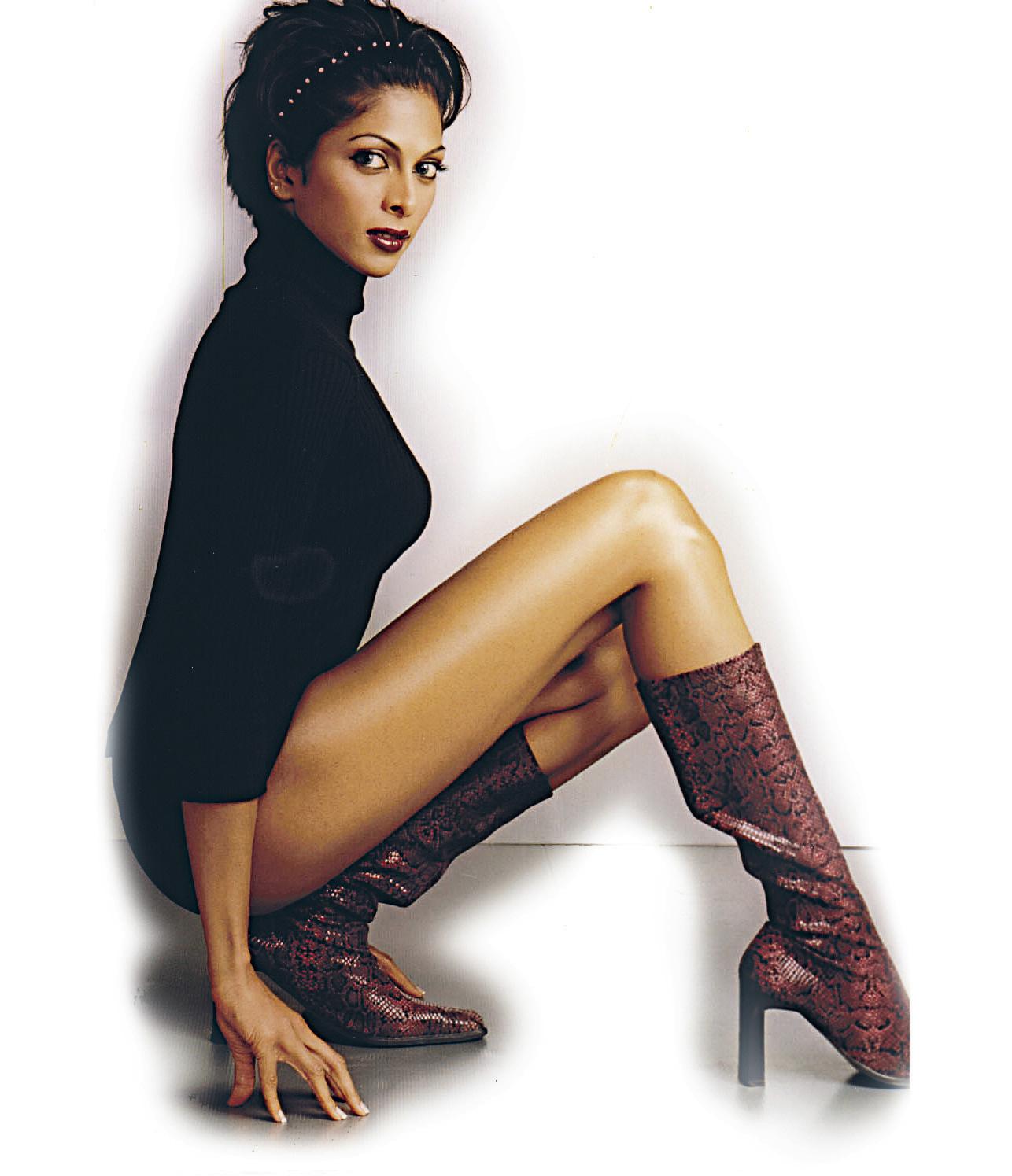
3 minute read
These shoes are meant for walking!
from 2009-08 Sydney (2)
by Indian Link
We have all suffered from shoe-bites at some point or the other. Yet, in our zest to be trendy, we tolerate them and limp around in pain! Shoe-bites plague us from childhood right into old age, if we end up buying the wrong ones. Here are some guidelines on how you can choose the right shoes, so your feet don’t get blisters or bites.
Research has found that most women wear shoes that are a bit too small for their feet and a large percentage of them will readily admit that their shoes are painful. Is it any wonder then that a lot of women develop foot problems because of ill-fitting shoes? As a result, as they age, these women have trouble finding shoes that fit well because their feet have developed bunions and other deformities. As with fashion, a lot of women choose style over comfort but in this case, while a pair of sexy stilettos may give you a stylish look and enhance your height, your feet are tortured in the process, especially if it is an ill-fitting pair.
Shoe-bites happen to most of us because a shoe may be too tight or ill-fitting. Some women have wide feet or feet that are wide only in the front. Shoes are made to standard sizes worldwide, so getting the right fit is not very easy. From my chats with shoeshop owners and women who have found a way to minimize the shoe-bite problem, I have rounded up some suggestions on shoe shopping that will help you find the closest, most comfortable and best possible fit.
• Never wear just one shoe to try on for size. Most people have a slight difference in the size of their feet, so choose the one which fits the larger foot better.
• Wear both shoes and walk around the store, and try out the pair before you decide. As you walk, make sure your heel doesn’t slip out or feel too tight in the shoe. Also, the toes shouldn’t feel like they have been forcibly clamped together in the front. This is true of shoes which are narrow in the front. Your feet must slide in and out comfortably from the shoe.
Minal


on how to be shoe-smart
• Because of walking, our feet swell over the course of a day. The best time to shop is during the late afternoon or evening, by which time the swelling is likely to have reduced, so your feet are their normal size.



• When you ask for your size, check if the shoe extends at least half an inch from your longest toe in the foot which is the larger of the two feet. This helps to leave room for your feet not to feel pinched, even if you are walking around in them.
• The size written on the box may not be the correct one for you. Always judge a new pair of shoes from their fit, and not by the size marked on the box. The shoes must be as close to the shape of your feet as possible and comfortable from the start.
• Some people have broad heels and some people’s feet are broad in the front, just after the toes. Make sure that the widest part of your foot fits comfortably in the shoe.
• You may fall in love with a pair of shoes at first sight, but don’t buy it if it is tight and then expect it to stretch and loosen up.
• Some of us have a high in-step, so make sure that the shoe supports your in-step adequately, or you will end up walking around with feet bent inside the shoe because of the space between the in-step and the floor of the shoe. This is especially true while buying boots.
• If you do end up with a pair that may be too loose, get an in-sole as a filler to make it fit slightly more snugly.
• To prevent shoe bites, apply a little petroleum jelly on the inside of your new shoes and leave overnight. Wipe off the next morning and you can use them right away. Coconut oil can be used to soften a new pair of shoes in a similar manner.
• Make sure you carry band-aids with you at all times for, despite making the right choice or softening them in advance, your new shoes might still pinch and give you a shoe bite!










